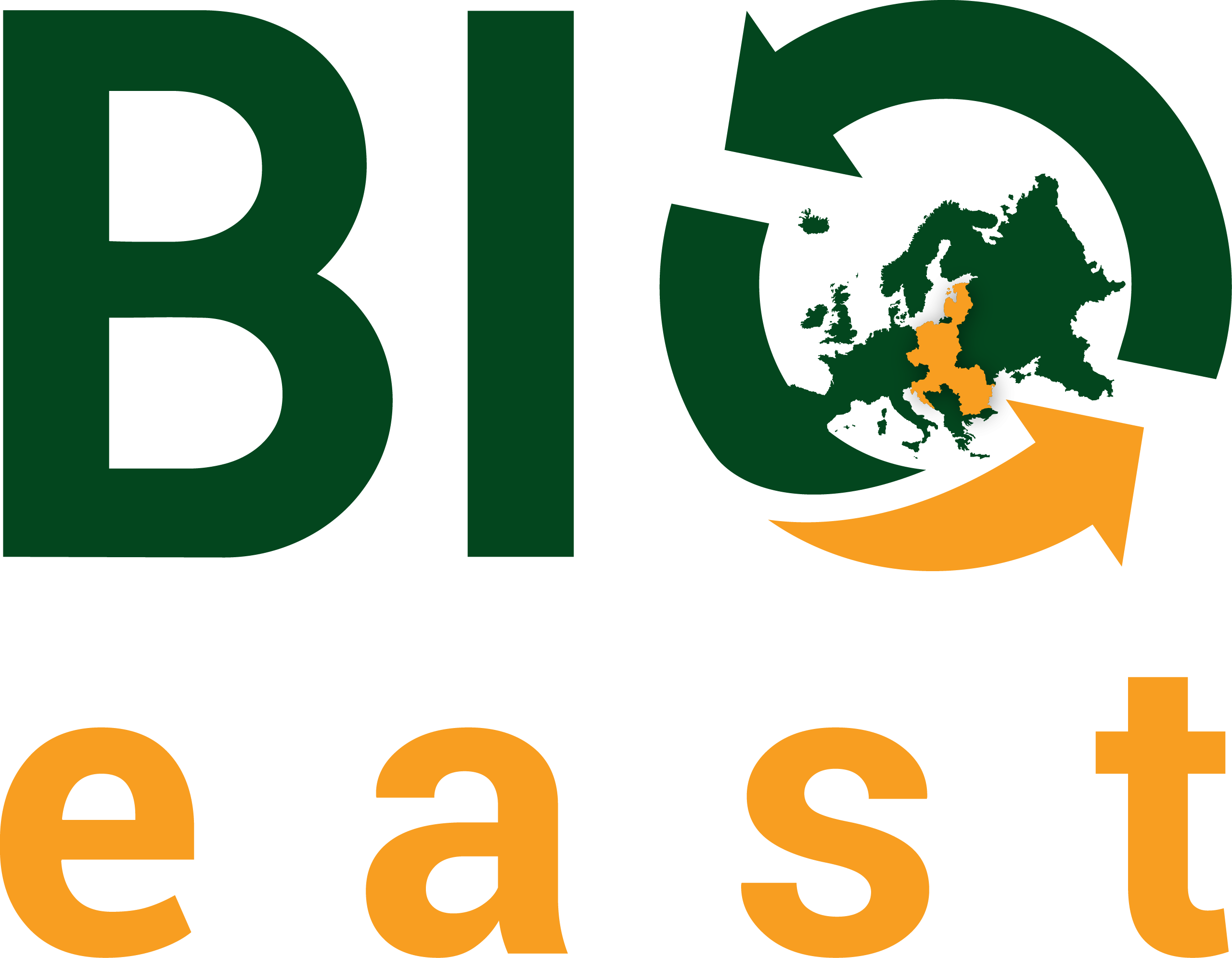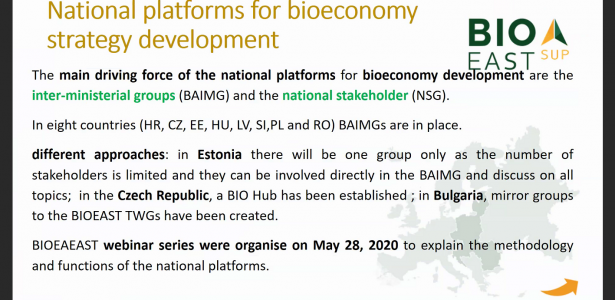Supported by the BIOEASTsUP project the 11 BIOEAST member countries have established national platforms aiming to facilitate the transformation to sustainable circular bioeconomy. These platforms consist of inter-ministerial groups (BAIMG) setting the priorities for the development of the bioeconomy in each country and national stakeholder groups (NSG) and BIOHubs including experts from research, industry as well as practitioners and representatives of the general public. In total, more than 400 stakeholders are already engaged in the national platforms in the 11 BIOEAST countries. The overall aim of the platforms is to advance the bioeconomy transition and to pave the way for creation of national bioeconomy strategies in the respective countries.
In the last six months, the national platforms made the next step and organised working meetings and round tables, where different topics were discussed: statistical evidence base for bioeconomy strategy development, SWOT analysis of the RDI system and prioritization of research needs and innovation identified in the fields of bioeconomy and provided input for the BIOEASTsUP. Significant progress was also achieved in order to bring the bioeconomy on the political agenda: some countries decided to proceed with the preparation of bioeconomy strategies (Hungary, Bulgaria); other countries agreed on preparation of conceptual notes (Czech republic, Estonia) to serve as a basis for strategy development. Further, some countries addressed bioeconomy in their national post covid recovery and resilience plans (Slovenia), their CAP Strategic Plans (Latvia, Croatia), working to integrate bioeconomy in ther Action plan on Circular Economy Roadmap (Poland), prepared Strategic paper and Action plan on the bioeconomy based on agricultural biomass (Lithuania), or planned event to present the state of the bioeconomy and the national strategy in Romania is planned for April 2021, to mention few.

